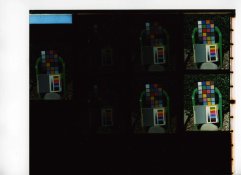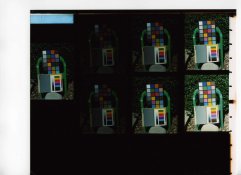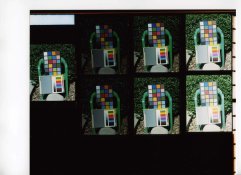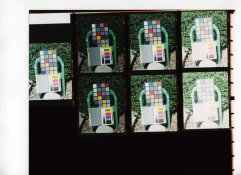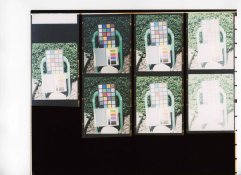If I have time to meter everything properly, I use box speed. When using sunny 16/guess exposure, I use 125 and 250 on cameras with the international shutter speed increments, and 100 and 200 on cameras with the older increments. A little overexposure won't hurt, and sunny 16 is not about being exact. It is about getting a usable shot without wasting time metering. Unlike some, I do not believe that down rating all the time makes for a better negative. If testing has indicated that with the lab I am using, upon normal printing, tones are not reliably falling where I believe that they should, then I will always re rate that film. For example, I do this with Fuji Pro 400H, which I rate at 500 to get the shadows to print the way I like. I use an incident meter or a spot meter; not an in-camera reflected meter. I believe that much of the recommendation to always down rate comes from people who simply do not know how to (or don't take the time to) meter well, and always use their in-camera reflected meter.









